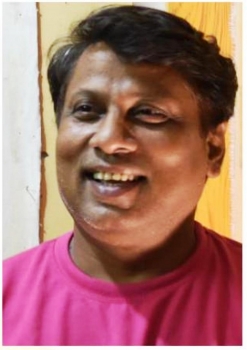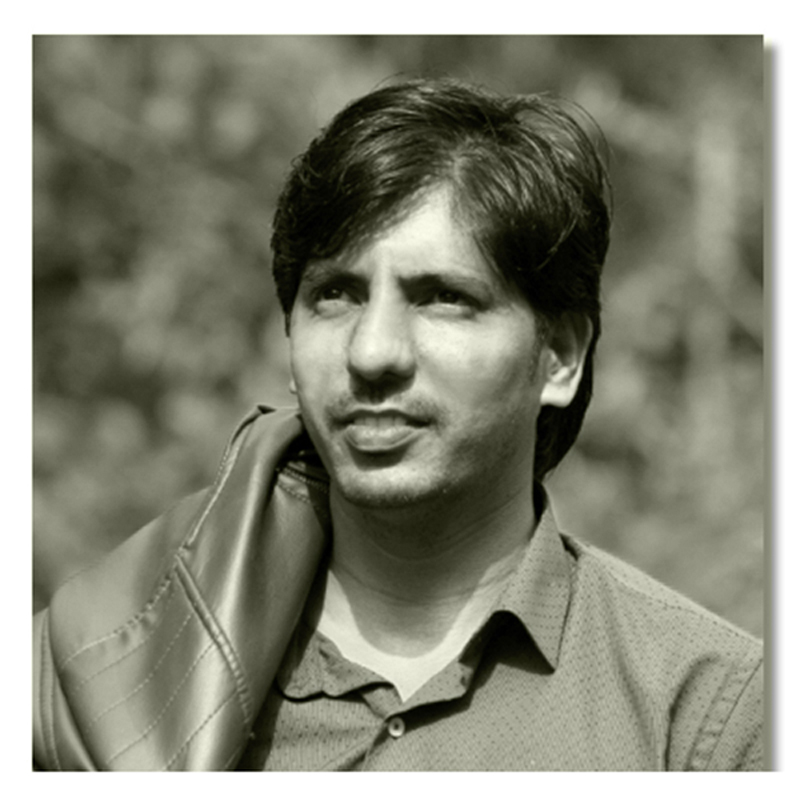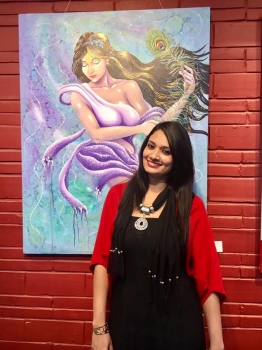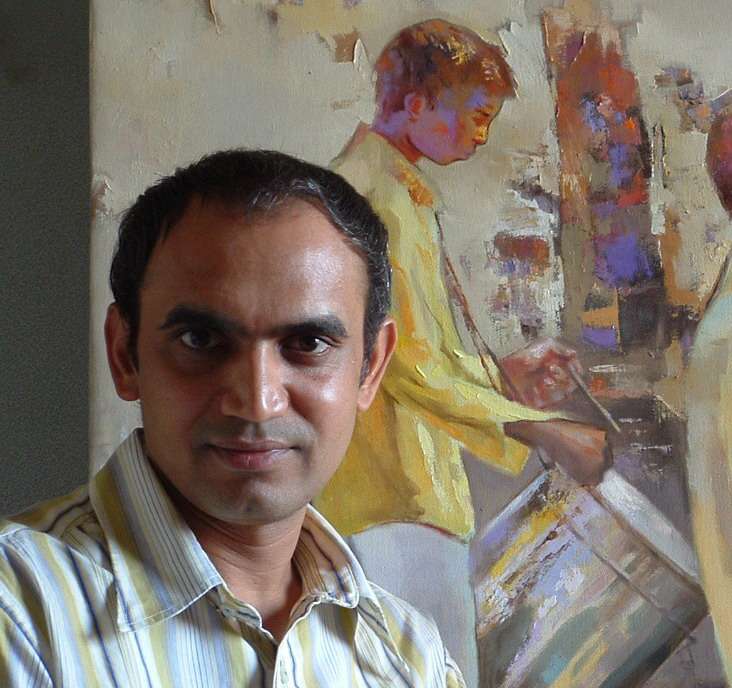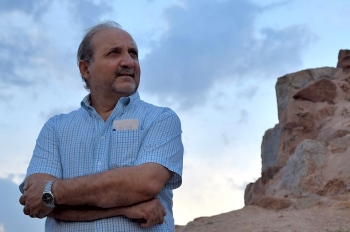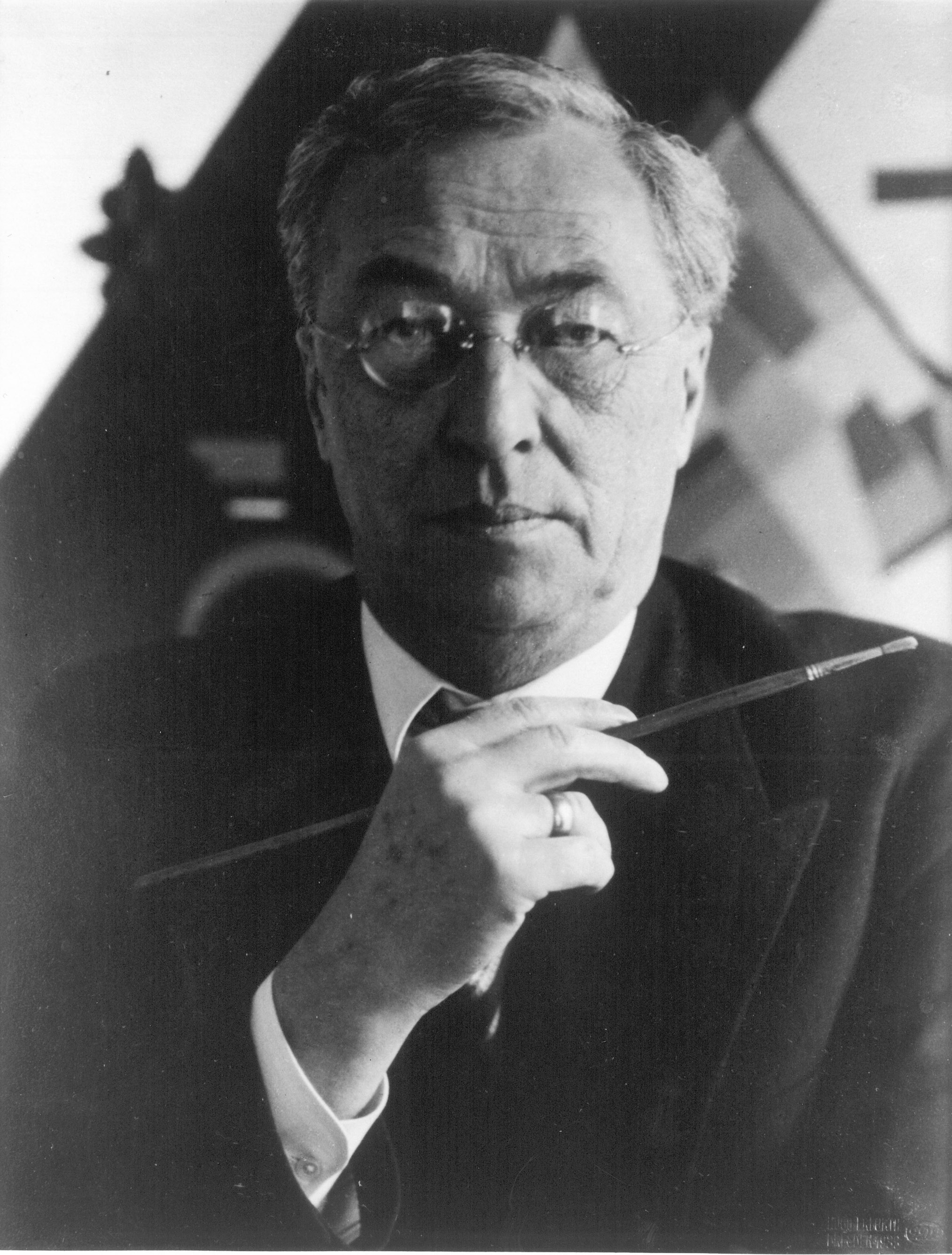
Painting has always been known as a form of expression. There are art historians and critics who consider abstract painting as one of the untainted forms of expression. The characteristic trait of abstract painting that has given it the title of purest form of expression is its ability that permits the artists to communicate at will without the limitation of forms found in real world. Abstract art is as popular among art lovers as it is among artists. That is why art galleries offer abstract art for sale.
A Brief History of Abstract Paintings
The alienation of artists from classical and traditional painting approach in Europe during the end of 19th century and the beginning of 20th led to the genesis of abstract paintings. Prior to this time, many celebrated artists created paintings using the ways and techniques of classical realism, which employed representative perspective, shading, and other methods in order to create scenes and subject matter of historic significance.
The dawn of 20th century witnessed many artists who had shunned the formal teachings and were determined to create art that didn’t essentially refer to things from the real world. Many art critics considered this new way of creating art as “pure art” because the subjects were entirely the work of artists’ imagination and creativity, as opposed to being inspired or taken from the real world. Stressing over the formal characteristics of an artwork over its depictive subject matter, abstract artists explored and experimented with new methods such as making use of rich yet arbitrary colors, reorganizing patterns, and rebuffing lifelike three-dimensional perspective. Abstract painting is an umbrella that covers different art movements. One such art movement is German Expressionism.
German Expressionism and the famous German Expressionist Wassily Kandinsky
The distinct feature of German Expressionism is the use of saturated palette and association of colors with human feelings and sentiments. The vested interest of abstract artists lied in experimenting with colors and evoking emotions. Wassily Kandinsky is one such artist who due to his ability to infuse emotions with colors in paintings is believed to be the first true abstract artist. Such is his stature in art industry that many art galleries offer art prints of his abstract art for sale.
Kandinsky was born on December 16, 1866 in Moscow, Russia. Among many famous abstract artists, he is credited with painting one of the first purely abstract paintings. Having learned to play the piano and cello, he later claimed that he could hear music when he saw colors. Although, his parents pushed him to eventually be a lawyer, he gave up a successful career to take up painting. His decision to become an artist was inspired by a visit to a French Impressionist in Moscow. In 1896, Wassily Kandinsky went to Munich to study art at a private Yugoslavian school. Kandinsky was married to Gabriella Munter, an artist whom he met at Munich. He later remarried the daughter of a Russian General in 1917.
During the jolting years of confusion, Kandinsky experimented with different art styles including impressionism, romantic fantasies and finally abstract painting. He had also founded several movements, the most notable being a group called Blue Rider which was popular in 1911. Being a theorist Kandinsky promoted abstract art. He claimed that using colors is an art form itself and it does not need to be used to define shapes and objects. He viewed subjective abstract art as an ideal mode to express the inner necessity of the artist. Highly inspired to create art that communicated universal sense of spirituality, Kandinsky invented a pictorial language that very loosely related to the outside world expressed deep emotions about the artist’s inner experience.
In 1922, Kandinsky returned to Germany to teach in Wiemer. It was here where he explored the color theory and the psychological aspects of color. This was a very productive period for Kandinsky as some of his most famous were created.
It was in 1933 that Kandinsky School was raided by the Nazis, who came to confiscate over 50 of his personal paintings. He then move to Paris and became a French citizen. It is there where he created some of his best work. Kandinsky continued to experiment in abstract art but was eventually isolated in Paris, where impressionism and cubism dominated the artist world at the time.
Kandinsky died in 1944, leaving behind a huge impression among many future abstract artists.











